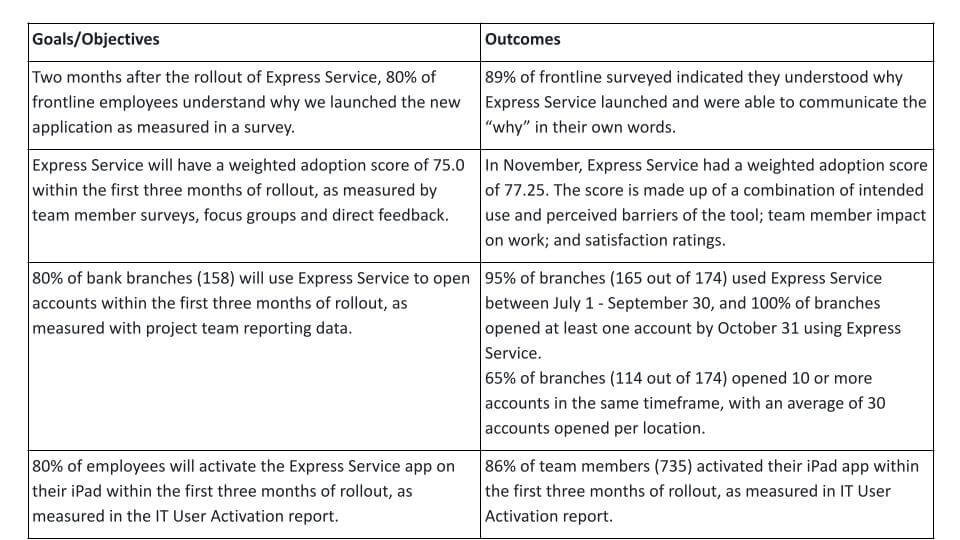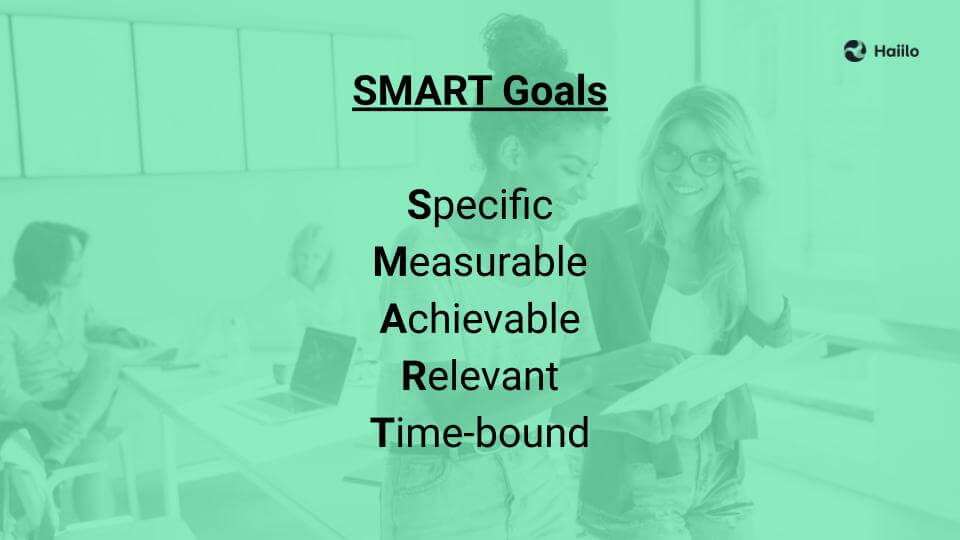I just finished evaluating entries in an international awards program, something I’ve been doing for more than 30 years. In my time as a judge, I’ve seen some stellar work and lots of mediocre efforts in categories as diverse as PR campaigns, intranet sites and crisis communications.
What really separates the best from the rest? Two words: effective measurement.
A communications program may be extraordinarily creative and the graphics may be stunningly captivating. Yet neither of those components is meaningful if the overall program doesn’t deliver solid business-focused results.
Results aren’t measured in impressive numbers of clicks or long dwell times even though there’s nothing wrong with keeping track of those numbers. They provide insights into the success of communication “outputs.” What really matters are the numbers that reflect business “outcomes.” In short, are your communication efforts producing results that are important in the eyes of your organization’s leaders? (See my blog Looking for the Story Behind the Numbers for more.)
What do solid metrics look like?
I’ve borrowed and disguised the goals and outcomes chart from a financial services’ award-winning entry as an example. The bank was preparing to roll out a new application that employees would use to open new accounts. They wanted the app to be used in all its branches and embraced by most customer-facing employees. Let’s examine how they defined success in their award entry’s goals and outcomes.


First, all their goals are SMART: Specific, Measurable, Achievable, Relevant and Time-bound.
Specific: each of their four objectives has a quantitative value for evaluating success.
- 80% of employees …
- The weighted adoption score will be 75.0.
- 80% of the bank branches ….
- 80% of frontline employees ….
Measurable: For each goal, the bank’s communicator tells us more than just a number. The communicator explains how it will be measured — whether it’s by survey, IT user data or a business metric. The communicator even explains for the award program judges how the weighted adoption score will be calculated.
Achievable: Given the results, it’s clear that the goals were set properly. They weren’t too easy to accomplish nor impossible to reach. A personal preference here: While it’s nice to see an entry where every goal is met or surpassed, it’s also refreshing to see an entry where there was a miss along with an explanation and an analysis of why the project came up short.
Relevant: Do the communication goals appear to help the organization reach its business goals? In this case, the roll-out of the new application is tied directly to opening new accounts and new accounts with new deposits are how banks grow and make their shareholders happy.
Time-bound: Their entry tells us when they’ll measure results: “two months after roll-out,” “within the first three months,” “by October 31.” The timeline for the project can be just as important as the metrics themselves. It’s also important for the evaluators to know the time frame in which a project took place.

Where do I start?
Check out the treasure trove of award-winning communication projects on the website of the International Association of Business Communicators. Browse their collection of Gold Quill entries and read the project work plans. Then ask yourself, “If I were the organization’s leader, would I care about these accomplishments? Are they moving the business forward?”
Plan your work with an award in the back of your mind
When you start to plan your very next communication project, begin by establishing SMART goals like the ones in this example. At the end of your project, capture the results, analyze the data against your goals, and see if you’ve moved the needle. Besides creating a summary that you will want to send to your leaders, start developing your entry for an awards program – whether it’s a local, regional or global competition.
What’s in it for me?
Knowing that your work is considered amongst the best in the city/country/world is quite rewarding. So is being able to share that pride with your management team. You’ll probably receive some sort of plaque, trophy or certificate for your accomplishment.
Many award programs also provide entrants with written feedback of their work, whether you win or lose. They’ll praise your strengths and point out areas for improvement. You’ll also learn how your work stacks up against professional standards.
About the author
Brad Whitworth is a keynote speaker, author and pre-eminent thought leader in organizational communication. He has led global internal and executive communication programs at HP, Cisco, Hitachi, PeopleSoft and MicroFocus. He holds an MBA from Santa Clara University and undergraduate degrees in journalism and speech from the University of Missouri.









